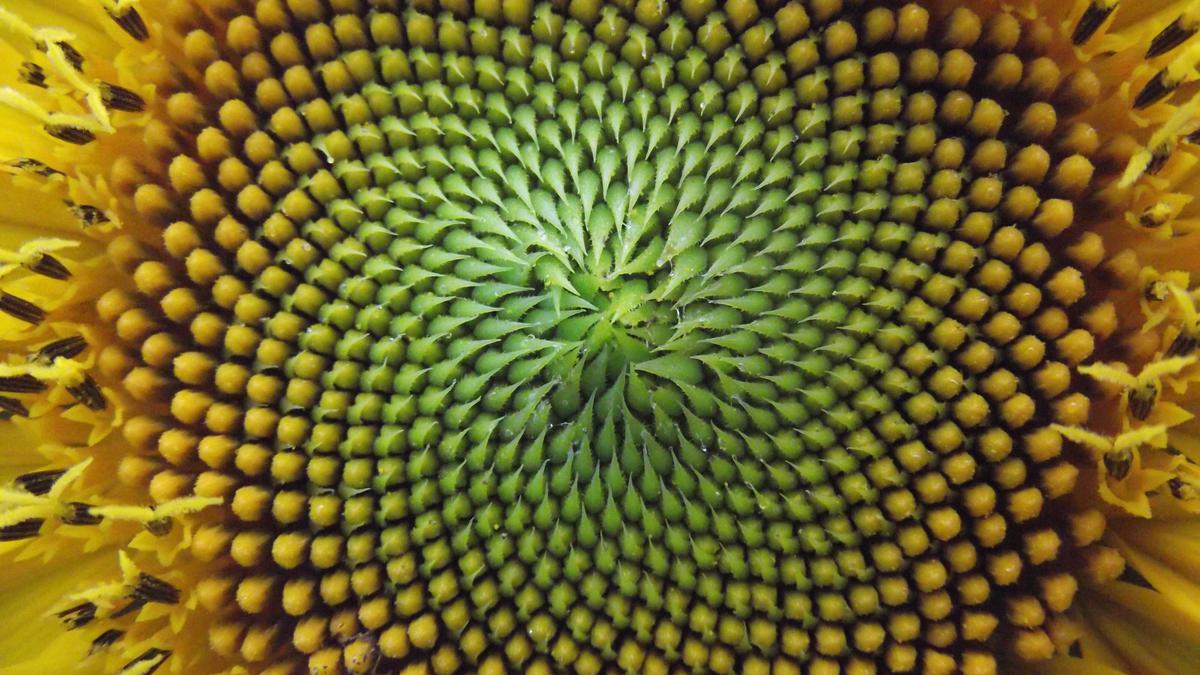
How a 400 million-year-old fossil changes our understanding of mathematical patterns in nature Premium
The Hindu
A 400 million-year-old fossil of a plant found in northern Scotland did not follow the spirals observed in the Fibonacci spirals
If your eyes have ever been drawn to the arrangement of leaves on a plant stem, the texture of a pineapple or the scales of a pinecone, then you have unknowingly witnessed brilliant examples of mathematical patterns in nature.
What ties all of these botanical features together is their shared characteristic of being arranged in spirals that adhere to a numerical sequence called the Fibonacci sequence. These spirals, referred to as Fibonacci spirals for simplicity, are extremely widespread in plants and have fascinated scientists from Leonardo da Vinci to Charles Darwin.
Such is the prevalence of Fibonacci spirals in plants today that they are believed to represent an ancient and highly conserved feature, dating back to the earliest stages of plant evolution and persisting in their present forms.
However, our new study challenges this viewpoint. We examined the spirals in the leaves and reproductive structures of a fossilised plant dating back 407 million years. Surprisingly, we discovered that all of the spirals observed in this particular species did not follow this same rule. Today, only a very few plants don’t follow a Fibonacci pattern.
Why It Matters | Plants emit ultrasonic sounds when distressed
Spirals occur frequently in nature and can be seen in plant leaves, animal shells and even in the double helix of our DNA. In most cases, these spirals relate to the Fibonacci sequence – a set of numbers where each is the sum of the two numbers that precede it (1, 1, 2, 3, 5, 8, 13, 21 and so on).
These patterns are particularly widespread in plants and can even be recognised with the naked eye. If you pick up a pinecone and look at the base, you can see the woody scales form spirals that converge towards the point of attachment with the branch.

 Run 3 Space | Play Space Running Game
Run 3 Space | Play Space Running Game Traffic Jam 3D | Online Racing Game
Traffic Jam 3D | Online Racing Game Duck Hunt | Play Old Classic Game
Duck Hunt | Play Old Classic Game




